Conceived, birthed, held, rocked, fed, nurtured
and then it begins all over again,
in a hammock.
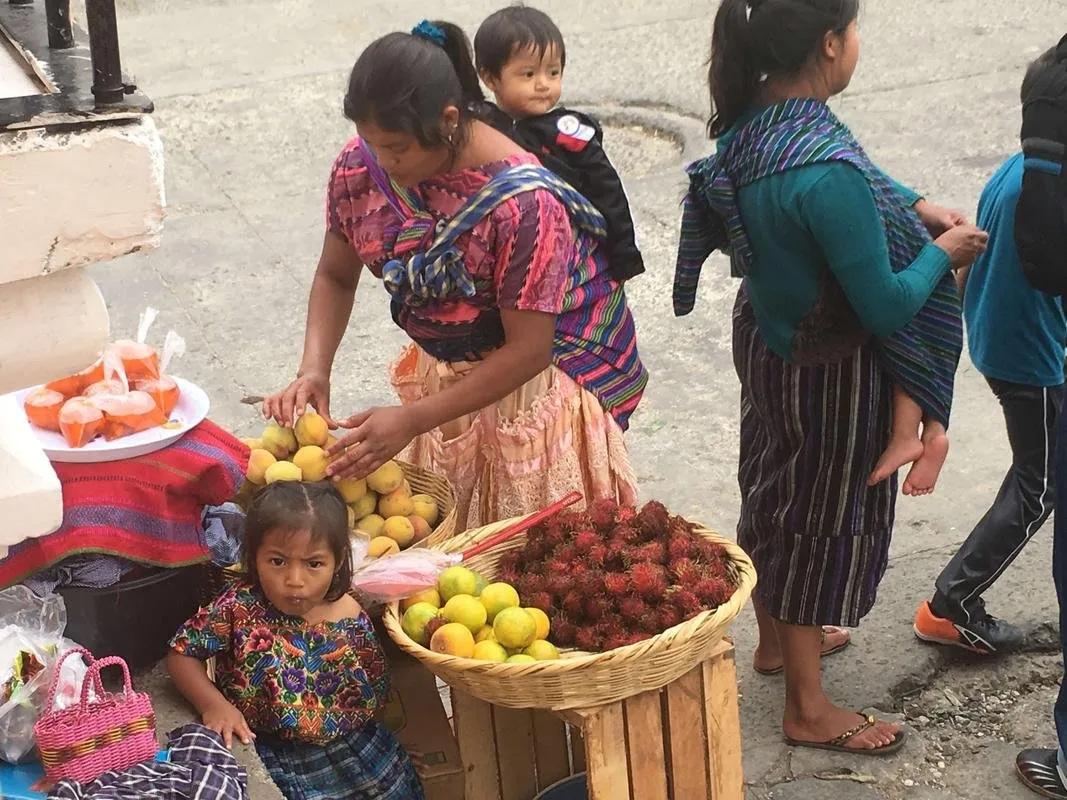
Back in the 90's, when I raised my three daughters,
I was one of the cutting edge hippy moms carrying my
babies in a baby sling. Now, it is a very common sight.
My third daughter enjoyed the sling the most since
it is a bit of a skill and I had to learn it on my own.
By the time I got to my third child I was much more confident.
When I first visited the Kunas, the indigenous group
of the San Blas Islands in Southern Panama back in 2014
I was introduced to the lifestyle of the hammock.
This is when the cycle of life in a hammock
began to reveal itself to me.

This is Laura and her husband.
She was still in high school when my babies were in slings.
She is evolved enough to see for herself the
benefits of the baby sling.
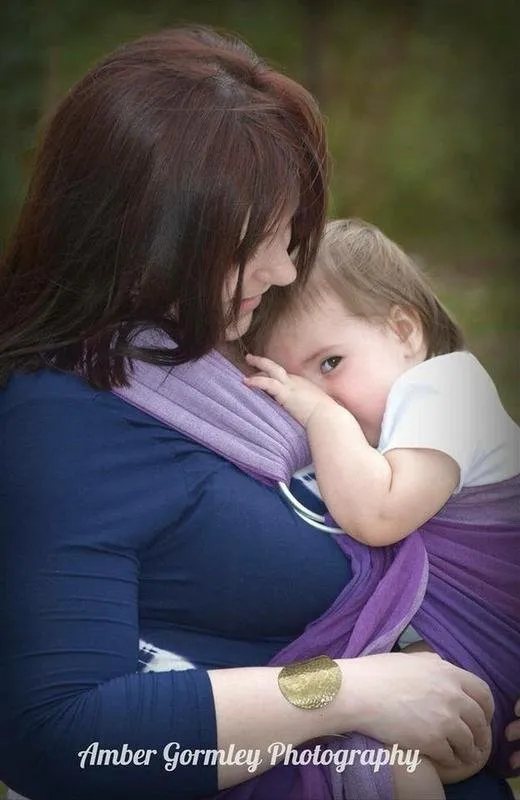
In daily life of the Kunas the hammocks are used for
lounging,
beds,
dining,
and rocking chairs for babies.
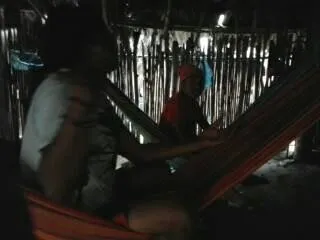
 ?
?My Kuna boyfriend was kind enough to introduce
me to the art of making love in a hammock.
(
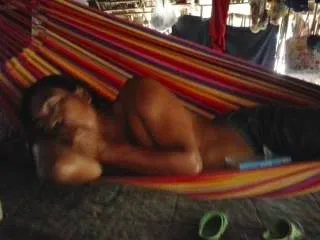 )
)As I walk through the Kuna island village it's easy to glance inside many homes.
Grandmothers still raise the children in the ancient Kuna tradition.
In Conversations with God Book 3
God explains that children should be raised by grandparents
who are more experienced in life and wiser.
It's easy to peek into the homes as I stroll by.
One after the other
I see grandmothers in hammocks with
babies and small children
being rocked, held and loved in their arms.
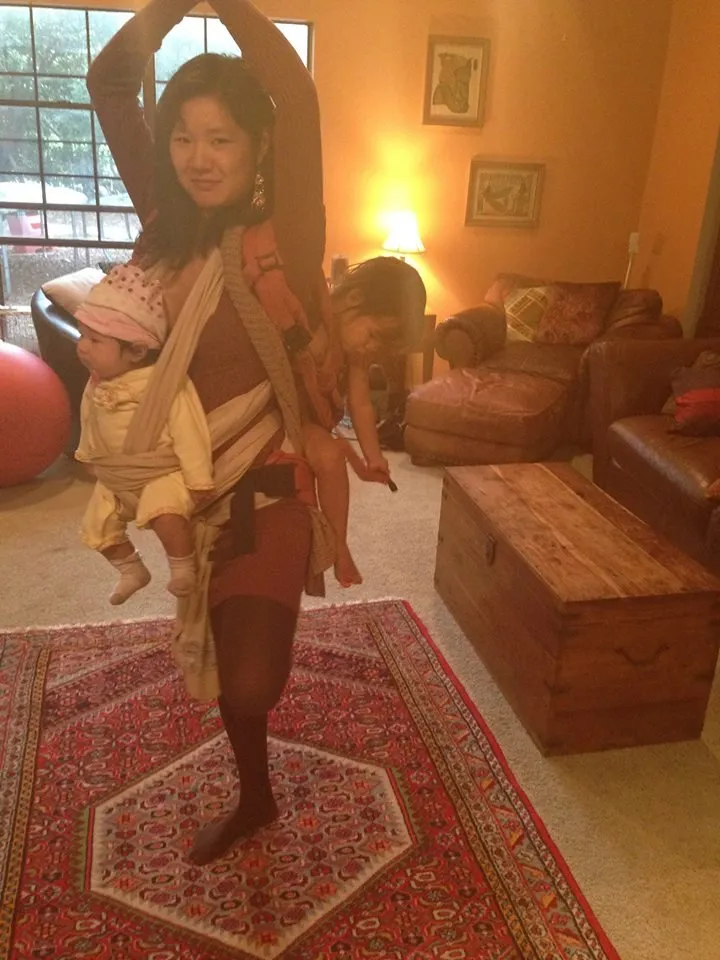
This is Inok, the amazing and evolved mother of Quinn Eaker's @quinneaker children.
After years of carrying my own children in a hammock style baby sling
and then visiting the people who have virtually no beds but
live their lives in hammocks
it became very apparent to me that there is something
very natural and organic going on here.
(
 )
)My favorite Kuna also explained to me about their government and the
positioning of the hammocks in the center of the communal building.
The first hammock is the chief of the island.
Three more hammocks hang parallel to his in
order of ranking of his three advisors,
beginning with the highest ranking advisor's
hammock closest to the chief.
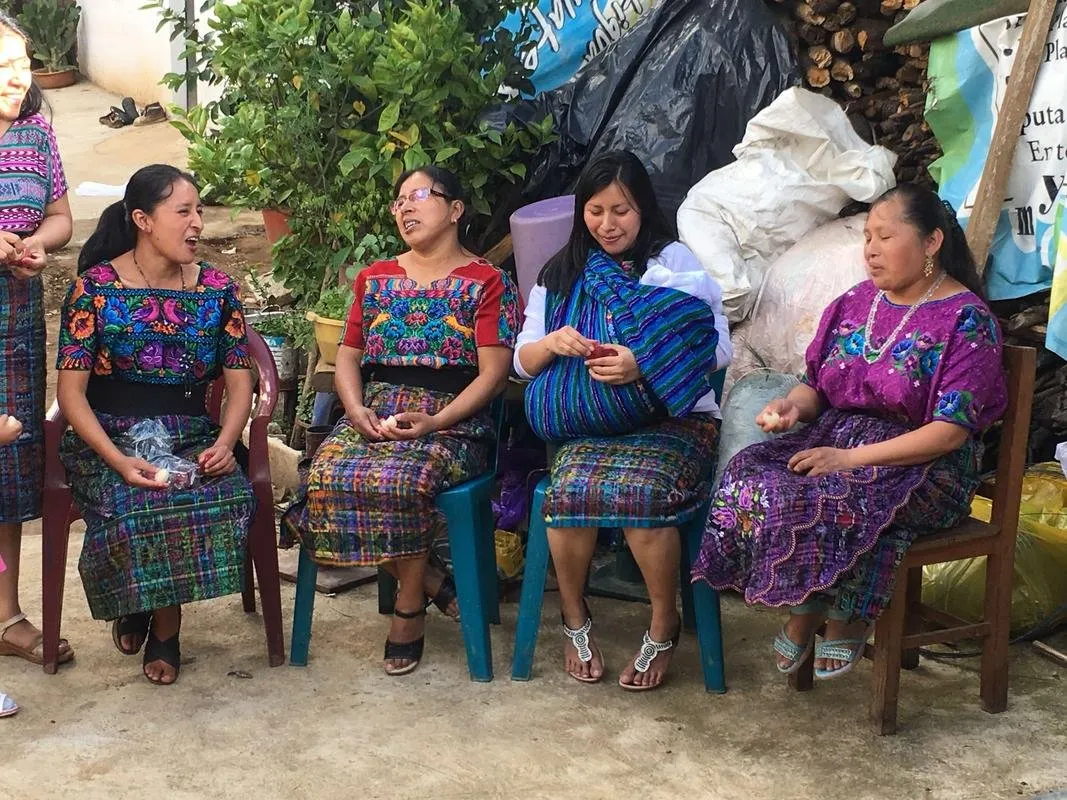
When I was in Guatemala it was a common
occurrence to see Maya women with
their babies and small children in slings made
from the same textiles of the Kuna's hammocks.

The Kuna people don't actually use baby slings.
They don't really need them because of their physical closeness to one another.
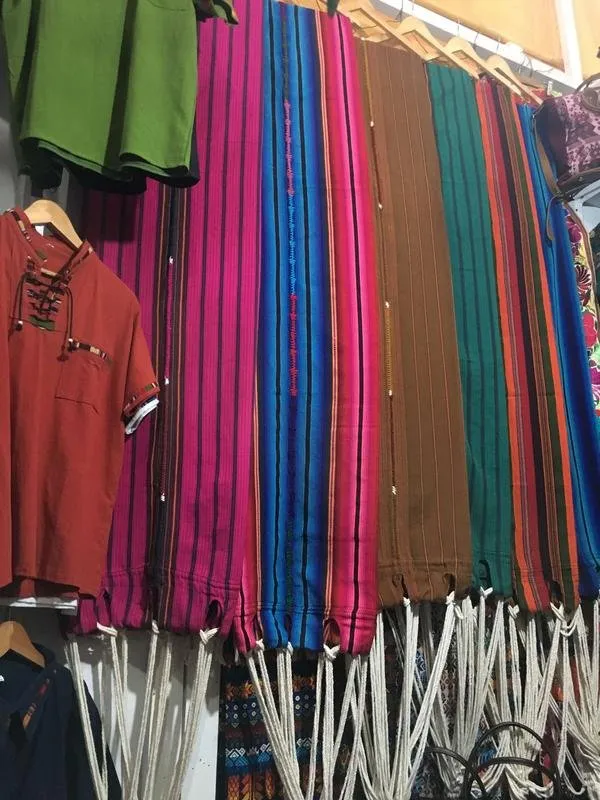
The baby sling is a type of modified hammock.
In closing, I summarize,
the cycle of life in a hammock is
the children are conceived in the hammock,
then they are birthed in the hammock,
raised in a hammock then grow up in the hammock.
At some point they conceive their own children in a hammock and the cycle continues.
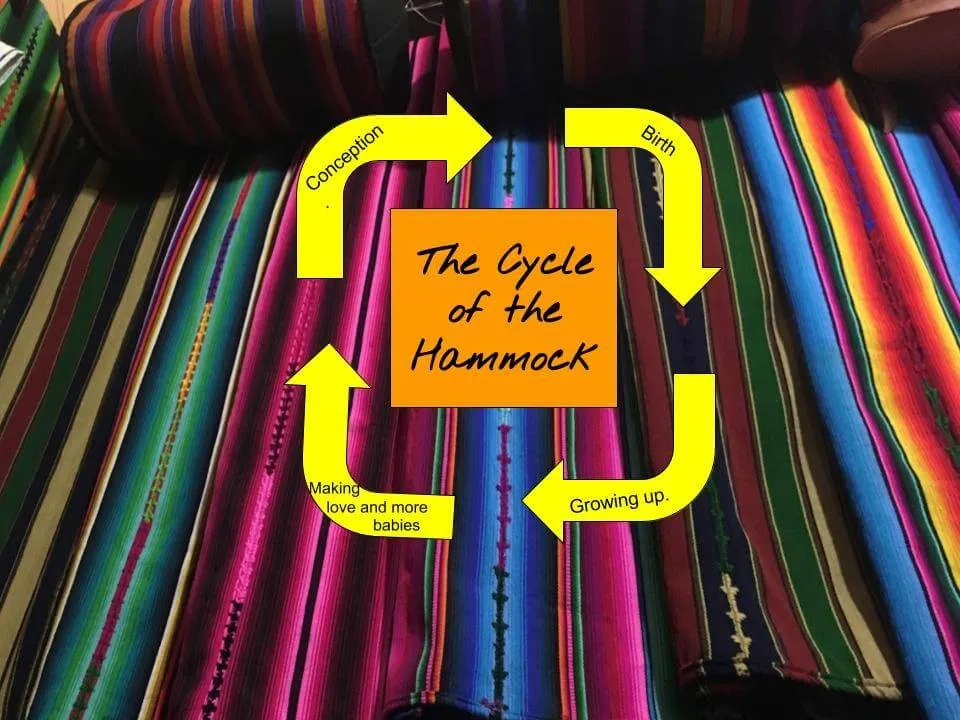
It makes sense that the Kunas also pass away
in the hammocks...truly completing the cycle.
Because preserving the ancient wisdom of these cultures is
so important to our human evolution I am actively working to
bring awareness of the diminishing indigenous.
You are invited to support the
Kuna Love fundraiser
for keeping this community alive and continuing to teach us
while preventing their ancient and core ways
from being watered down into mainstream society.
Preservation of Panama's Indigenous Kuna Ways
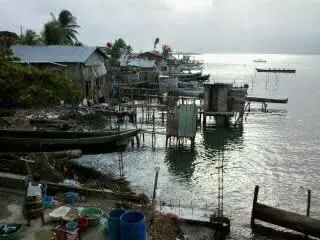
_~_~_~_~_~__~
Keep Following.
I got many more fun-believable experiences,
and amazing photography,
I'm serious!
My stories are continuously unfolding as I continue my unique journey south.
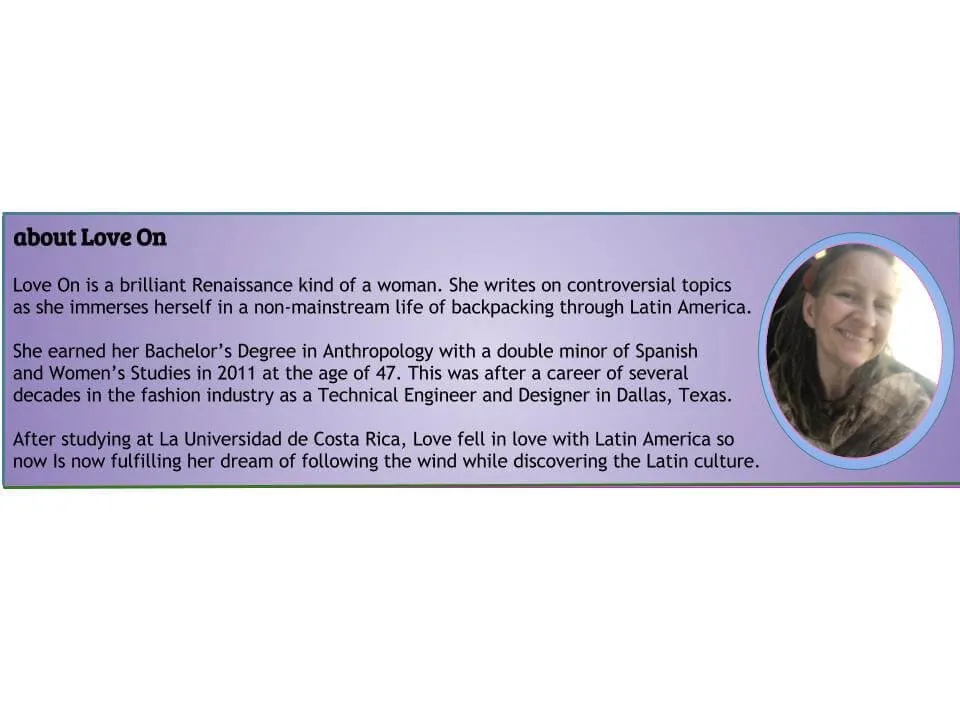
Your UpVote, Follow, Repost and Comments support me to keep the...

